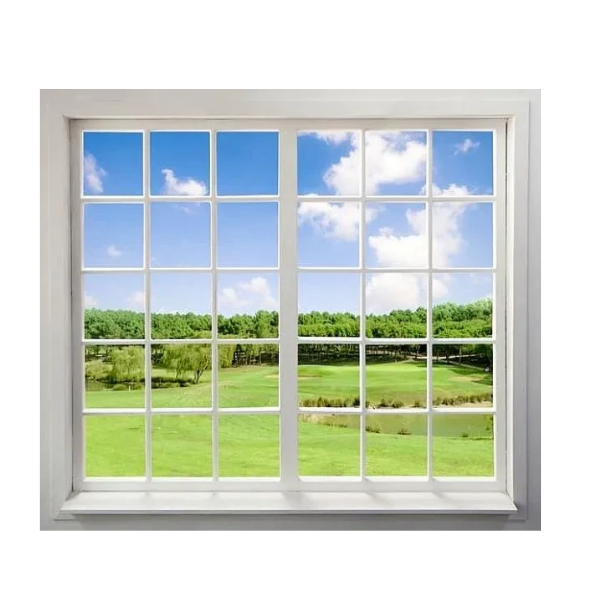Window screens are often overlooked—until they’re torn, warped, or missing altogether. While they may seem like a small detail, screens play an important role in keeping your home comfortable, ventilated, and bug-free. Replacing damaged or outdated window screens is a simple yet valuable home improvement that can boost functionality and appearance.
Why Replace Your Window Screens?
Window screens are your first line of defense against pests, debris, and dust while allowing fresh air to circulate throughout your home. Over time, screens can become brittle, stretched, or discolored. Here’s why it’s worth replacing them:
-
Improved Ventilation: Clean, intact screens let you enjoy natural airflow without inviting in insects.
-
Enhanced Appearance: Fresh screens improve curb appeal and give windows a cleaner, well-maintained look.
-
Protection from Bugs and Debris: Keeps mosquitoes, flies, and outdoor debris outside—especially during warmer months.
-
Allergen Control: Specialized screens can help reduce pollen and airborne allergens entering your home.
-
Increased Energy Efficiency: Solar or UV-blocking screens can reduce interior heat buildup, helping lower cooling costs.
Signs It’s Time for a Replacement
-
Tears, holes, or frayed edges in the mesh
-
Bent or broken frames
-
Loose fit or sagging screen material
-
Discoloration from sun damage or age
-
Difficulty removing or reinstalling screens
Types of Window Screen Materials
-
Fiberglass Mesh
The most common and affordable option. It resists rust and corrosion and is easy to install. -
Aluminum Mesh
Stronger than fiberglass and better for high-traffic areas but prone to dents and creases. -
Pet-Resistant Screen
Made from heavy-duty materials designed to withstand scratching and clawing. -
Solar Screens
Block a percentage of UV rays and heat, making them ideal for sunny climates. -
Pollen or Allergy Screens
Designed to filter out airborne irritants like pollen and dust, improving indoor air quality.
Replacement Options
-
DIY Replacement: If you're handy, replacing a screen can be a quick and inexpensive project. You'll need mesh, a spline roller, and replacement spline (the rubber cord that holds the mesh in the frame).
-
Professional Replacement: For large jobs, tricky frames, or custom-fit windows, hiring a professional ensures a snug, durable fit.
Cost of Window Screen Replacement
-
DIY kits range from $10 to $25 per screen
-
Professional replacement typically costs $30 to $70 per screen, depending on material and size
-
Custom solar or pet-resistant screens may cost more but offer added benefits
Maintenance Tips
-
Clean regularly: Use a soft brush or vacuum to remove dust and debris.
-
Remove during winter: Store screens during cold months to reduce wear and tear.
-
Inspect annually: Look for signs of damage each spring to ensure screens are in good condition before peak bug season.
Conclusion
Replacing your window screens is a small home improvement that pays off in big ways—better airflow, fewer bugs, and a fresher look for your home. Whether you opt for basic fiberglass or specialty materials, maintaining quality window screens helps you make the most of your windows all year long.




